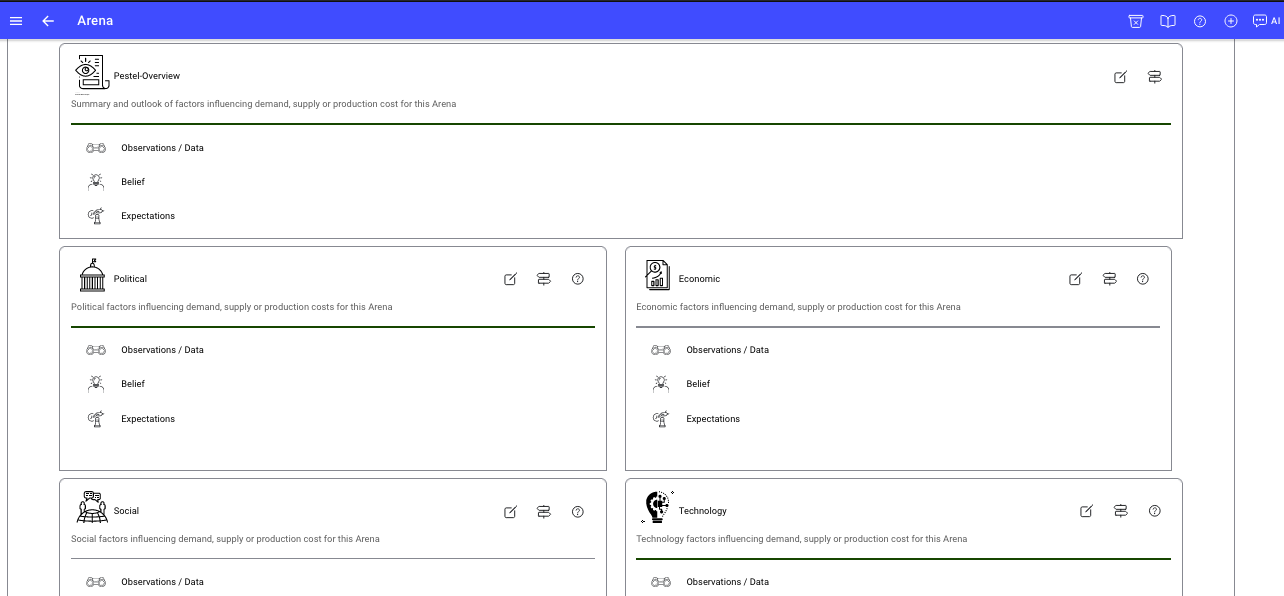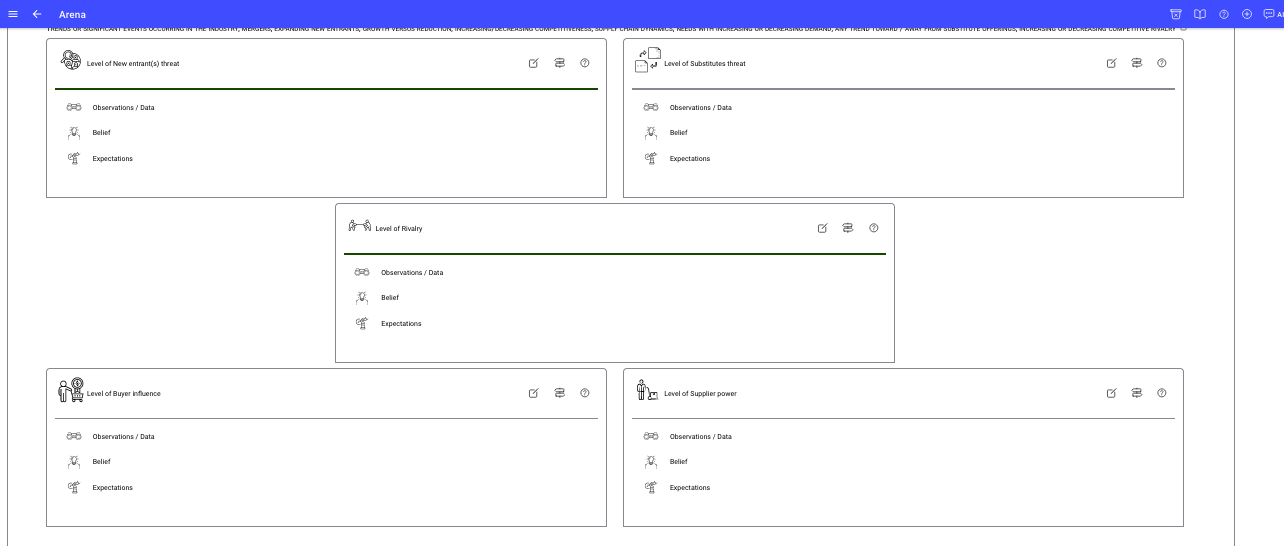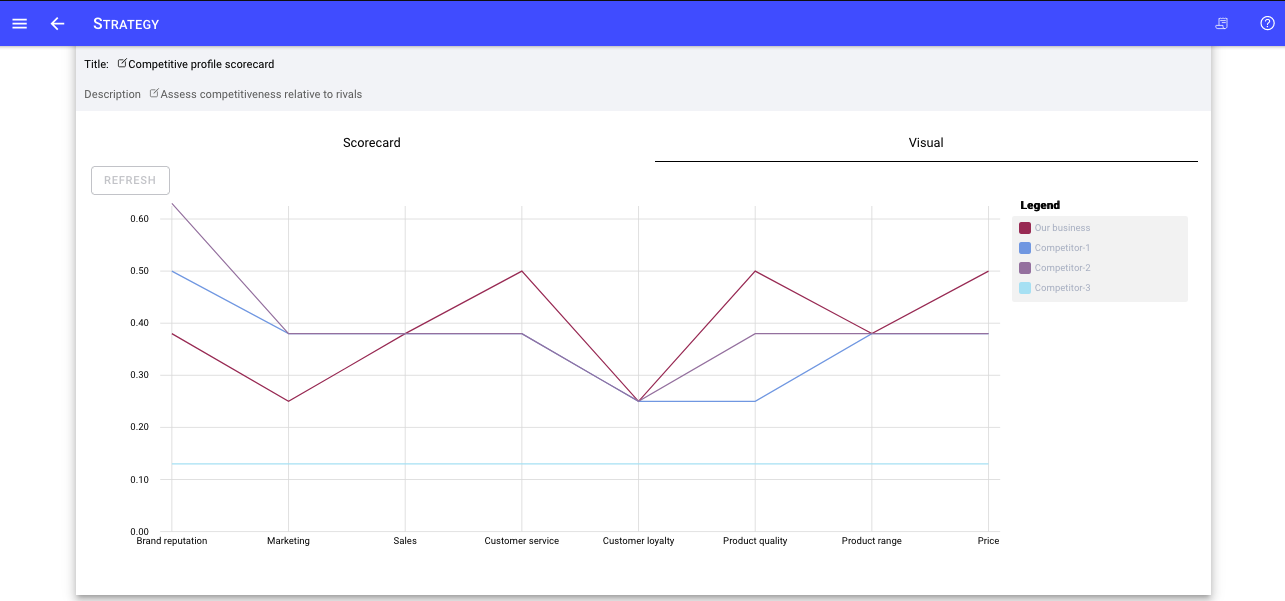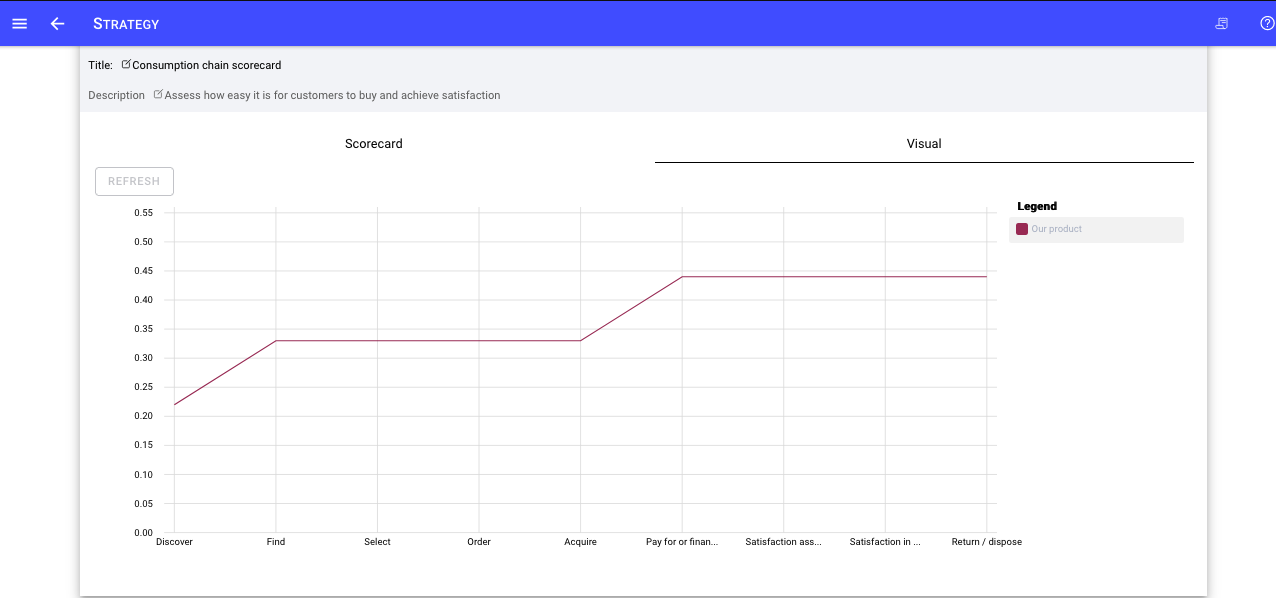Empowering an effective and collaborative strategy team
Effective Collaborations and collaborative outcomes
rarely occur by mere chance, coincidence or accident.
In the absence of some guidelines' personality conflicts,
difficult conversation avoidance and impaired trust
can limit collaborative effectiveness.
Putting in place some practice principles will enhance that effectiveness of your strategy collaborations and improve the quality of outcomes achieved.

Stanford Social Innovation 5C's
Published in the Stanford Social Innovation review this organization has developed a tested framework that has been found useful in enabling effective collaboration for teams working on challenging outcomes.
The 5 C's
The 5C's in the framework are:
- Clarifying purpose
- Convening the right people
- Cultivating trust
- Coordinating existing activities
- Collaborating for systems impact
1. Clarifying purpose
Referring back to the what is strategy section ensure the team have a unified agreement on what strategy is and its role in your business.
Ensure the purpose of the collaboration is written and established with each team member. If the purpose is to define a strategy to win in existing market, win in new larger or better defined markets or improve execution on existing choices be sure the purpose is defined and agreed.
2. Convening the right people
Convening the right people has no singular right answer but consider including those:
-
Having authority to act, such as decision-making responsibility in an organization or community
-
Influence over Resources, such as contacts, time, or money.
-
Expertise in the issues under consideration.
-
Information about the topic that no others have.
-
A stake in the outcome and an ability to speak to the consequences
-
Those willingly engaged and committed to the collaborative purpose.
3. Cultivating trust
A significant Google research project - called Project Aristotle found that high-performing teams have high levels of “psychological safety,” as measured by an equality of turn-taking in team discussions, as well as high degrees of social sensitivity, or group members’ ability to read each other’s social signals. Psychological safety, as defined by Harvard Business School professor Amy Edmondsona, is a ‘‘shared belief held by members of a team that the team is safe for interpersonal risk-taking,’ and ‘a sense of confidence that the team will not embarrass, reject, or punish someone for speaking up ... It describes a team climate characterized by interpersonal trust and mutual respect in which people are comfortable being themselves.’
Most simply people work together most effectively when relationships are strong and authentic. When team members are prepared to actively listen deeply to others with a willingness to accept a diversity of thought and experience enabling any team member to feel free to speak their minds.
4. Coordinating existing activities
Offer participants the opportunity early in a collaboration’s
formation to publicly identify their
gives and gets—what they can
and are willing to give to the collaboration
to support other participants and what they need to get out of the
collaboration to make their participation worthwhile.
The more specific the gives and gets, the better participants will understand
one another’s conditions of engagement.
Consider recording the gives and gets as a terms of reference
and update the gives and gets
as the collaboration continues to ensure the currency
of the agreements.
Offer opportunities for team members to collaborate together as a group or sub-groups on incremental tasks to build the relationships, achieve some wins and build momentum.
5. Collaborating for systems impact
Include a willingness to discover the root cause, the 5 why's behind issues and opportunities. For true systems change to occur, collaborative efforts must seek to address the root causes of problems, rather than just mitigating the symptoms.
An effective way to discover and address root causes is by looking for and identifying and taking action on a set of “leverage points”. Leverage points are directly related to collaboration’s central purpose and represent places in a system where “a small shift in one thing can produce big changes in everything else".
Root cause and leverage points discovery and definition will be enhanced by the previous 4 steps.
Your collaboration challenge
-
Validate that your strategy team has a unified definition of the role of strategy for the business.
Ensure the purpose of strategic collaborations are consistently defined.
-
Evaluate your strategy collaboration team has the right people involved, and they fulfill at least some criteria in the Convening the right people step.
-
Discuss with your strategy team to what extent the team supports psychological safety and how to nurture these mechanisms.
-
Discuss with your strategy team to what extent the team limits or compromises psychological safety and how to overcome these mechanisms.
-
For each team member record their gives and gets in the terms of reference for your strategy team. Review and update monthly or quarterly as needs and circumstances evolve.
-
Discuss with your team how they will identify root causes and generate leverage in terms of the impact of strategic decisions and actions.
- Ensure your next review and those who need to participate is scheduled for at least the year ahead.
- Ensure those affected by the reviews are consulted and informed of any strategy changes made or in consideration.
- Take feedback and address or adapt strategy choices / actions in response to that feedback.
References

|
Cutting Through the Complexity: A Roadmap for Effective Collaboration, 2018, Stanford Social INNOVATION Review |











